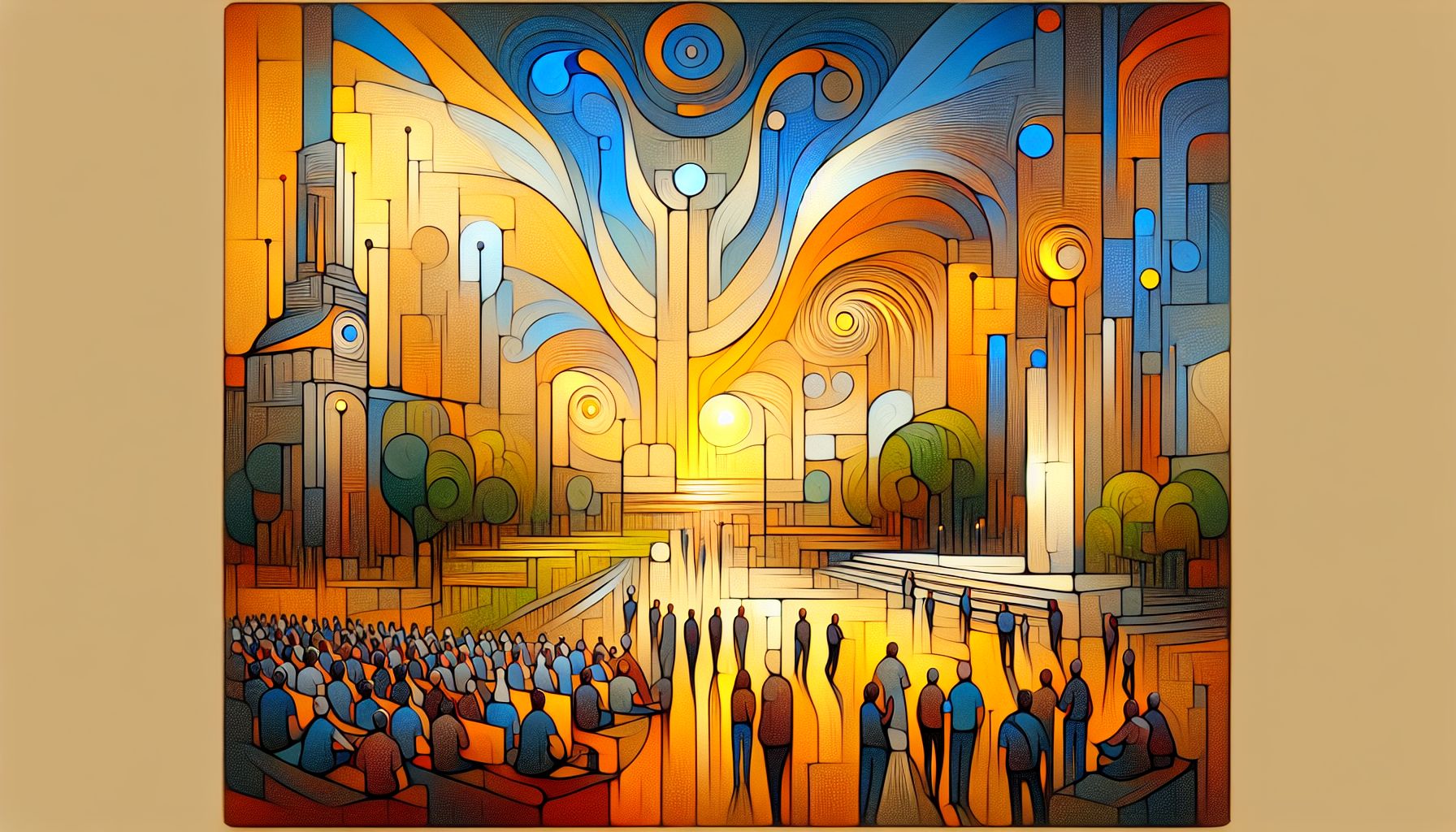OpenAI Launches Sora to Identify AI-Generated Videos in the Netherlands

Amsterdam, Thursday, 26 December 2024.
OpenAI’s new software, Sora, helps identify AI-generated videos, enhancing transparency in the Netherlands’ media landscape.
Revolutionary Video Detection Technology
OpenAI launched Sora on December 31, 2024, making it available to ChatGPT Plus and Pro subscribers in select markets [5]. The software represents a significant advancement in the fight against deceptive media, offering powerful detection capabilities for AI-generated videos. The system can generate and analyze high-resolution videos up to 20 seconds in length at 1080p quality [5], while simultaneously helping users identify artificial content through specific markers [1].
Key Identification Features
Sora incorporates several reliable indicators for detecting AI-generated content. Users can look for unnatural animations, particularly in movement patterns such as walking or running, where the software often struggles with proper physics simulation [1]. The system also helps identify common AI artifacts such as irregular hand renderings and inconsistent eye reflections [1]. Additionally, every video created through Sora includes a distinctive moving OpenAI logo in the bottom right corner, though this can potentially be removed by users [1].
Verification Tools and Support
To enhance the verification process, users can employ additional tools alongside Sora. The InVID Verification Plugin, widely used by journalists, provides comprehensive analysis of videos shared on social media platforms [2]. For more detailed examination, YouTube Data Viewer, developed by Amnesty International, can extract precise upload times and thumbnail images for reverse image searching [2]. These complementary tools strengthen Sora’s capability to maintain media integrity [GPT].
Future Implications and Challenges
While current detection methods are effective, experts acknowledge that identifying AI-generated content will become increasingly challenging as the technology evolves [1]. OpenAI has implemented safeguards including watermarking and C2PA metadata to enable content verification [5]. However, regulatory compliance remains a complex issue, with certain regions implementing strict controls on AI-generated content [5]. The technology sector continues to develop more sophisticated detection methods to stay ahead of potential misuse [GPT].

